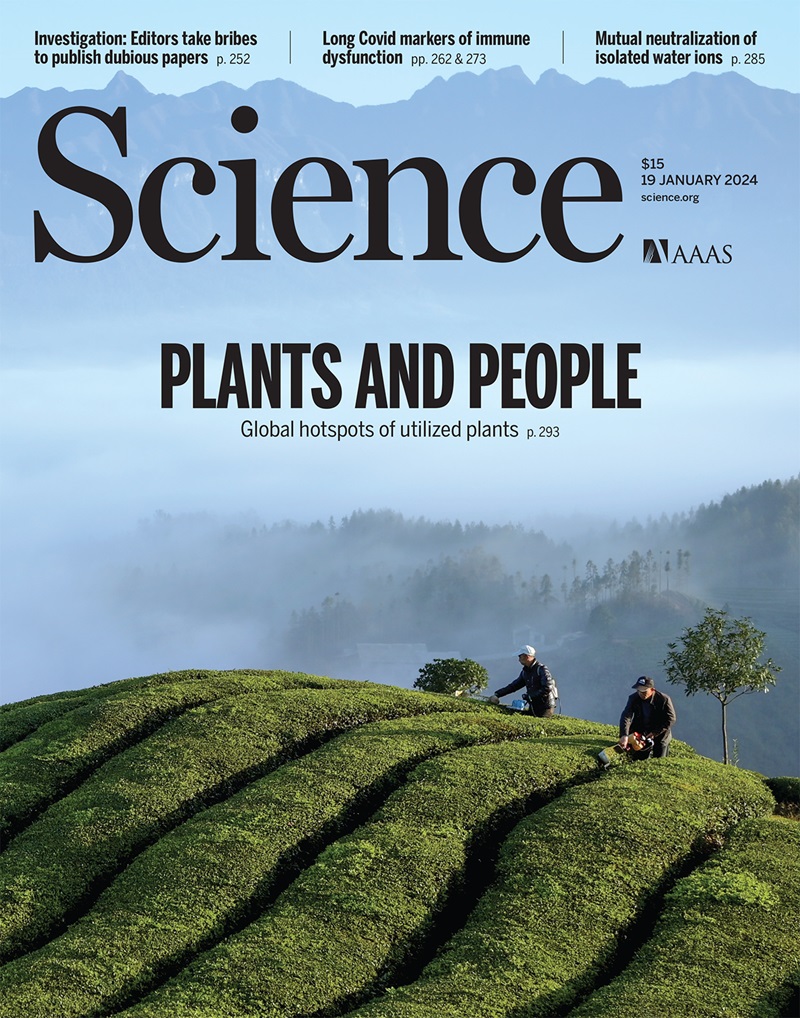Oxygen imaging of hypoxic pockets in the mouse cerebral cortex
IF 45.8
1区 综合性期刊
Q1 MULTIDISCIPLINARY SCIENCES
引用次数: 0
Abstract
Consciousness is lost within seconds upon cessation of cerebral blood flow. The brain cannot store oxygen, and interruption of oxidative phosphorylation is fatal within minutes. Yet only rudimentary knowledge exists regarding cortical partial oxygen tension (Po2) dynamics under physiological conditions. Here we introduce Green enhanced Nano-lantern (GeNL), a genetically encoded bioluminescent oxygen indicator for Po2 imaging. In awake behaving mice, we uncover the existence of spontaneous, spatially defined “hypoxic pockets” and demonstrate their linkage to the abrogation of local capillary flow. Exercise reduced the burden of hypoxic pockets by 52% compared with rest. The study provides insight into cortical oxygen dynamics in awake behaving animals and concurrently establishes a tool to delineate the importance of oxygen tension in physiological processes and neurological diseases.
小鼠大脑皮层缺氧袋的氧成像。
脑血流停止后,意识会在几秒钟内丧失。大脑无法储存氧气,氧化磷酸化过程的中断会在几分钟内致命。然而,人们对生理条件下大脑皮层部分氧张力(Po2)的动态了解甚少。在这里,我们引入了绿色增强型纳米灯笼(GeNL),这是一种用于Po2成像的基因编码生物发光氧指示剂。在清醒的行为小鼠中,我们发现了自发的、空间上确定的 "缺氧口袋",并证明了它们与局部毛细血管流量减弱之间的联系。与静止状态相比,运动使缺氧袋的负担减少了 52%。这项研究深入揭示了清醒动物大脑皮层的氧动态,同时还建立了一种工具,用于描述氧张力在生理过程和神经系统疾病中的重要性。
本文章由计算机程序翻译,如有差异,请以英文原文为准。
求助全文
约1分钟内获得全文
求助全文
来源期刊

Science
综合性期刊-综合性期刊
CiteScore
61.10
自引率
0.90%
发文量
0
审稿时长
2.1 months
期刊介绍:
Science is a leading outlet for scientific news, commentary, and cutting-edge research. Through its print and online incarnations, Science reaches an estimated worldwide readership of more than one million. Science’s authorship is global too, and its articles consistently rank among the world's most cited research.
Science serves as a forum for discussion of important issues related to the advancement of science by publishing material on which a consensus has been reached as well as including the presentation of minority or conflicting points of view. Accordingly, all articles published in Science—including editorials, news and comment, and book reviews—are signed and reflect the individual views of the authors and not official points of view adopted by AAAS or the institutions with which the authors are affiliated.
Science seeks to publish those papers that are most influential in their fields or across fields and that will significantly advance scientific understanding. Selected papers should present novel and broadly important data, syntheses, or concepts. They should merit recognition by the wider scientific community and general public provided by publication in Science, beyond that provided by specialty journals. Science welcomes submissions from all fields of science and from any source. The editors are committed to the prompt evaluation and publication of submitted papers while upholding high standards that support reproducibility of published research. Science is published weekly; selected papers are published online ahead of print.
 求助内容:
求助内容: 应助结果提醒方式:
应助结果提醒方式:


